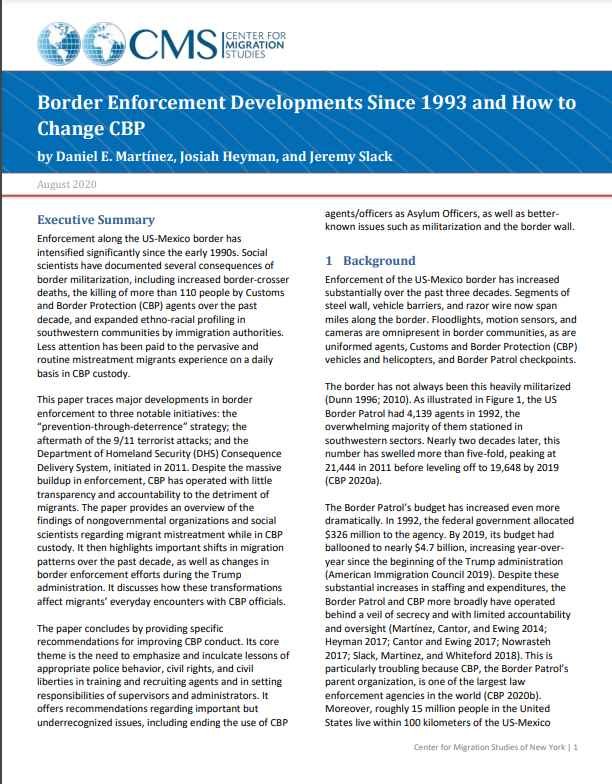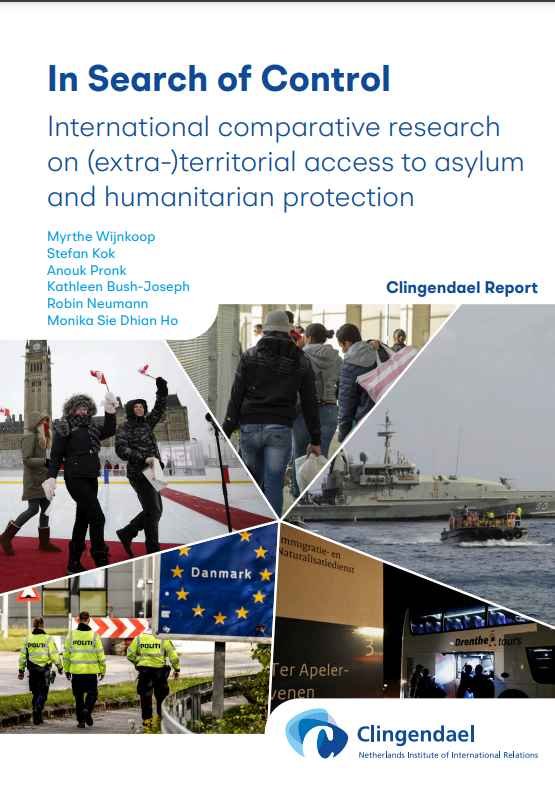By Michele Waslin
This article examines presidential immigration policy making through executive orders (EOs) and proclamations. Donald Trump’s overall volume of EOs has been remarkably similar to that of other presidents, while his number of proclamations has been relatively high. His immigration-related EOs and proclamations, however, diverge from those of his predecessors in several ways. Of the 56 immigration-related EOs and 64 proclamations issued since 1945, Trump has issued 10 and nine, respectively. Overall, about 1 percent of all EOs and proclamations during this period have been immigration related, compared to 8 percent of Trump’s EOs and 2.4 percent of Trump’s proclamations.
In a sharp departure from previous presidents, a greater share of his EOs and proclamations have been substantive policy-making documents intended to restrict admissions of legal immigrants and increase enforcement along the border and in the interior of the United States. This article explores Trump’s unorthodox use of executive tools to make immigration policy, circumventing Congress and even members of his own administration. It recommends that:
Congress should hold oversight hearings and should consider revoking or modifying EOs and proclamations that have been issued pursuant to the authority provided to the president by Congress, as opposed to those based on the executive’s constitutional authority.
Advocacy organizations should continue to challenge the president’s executive actions, the insufficient process and consultation leading to them, their statutory or constitutional justification, and their impact.
Congress should take an inventory of the immigration authorities it has delegated, both explicitly and implicitly, to the executive branch and determine when this authority can and should be limited.
Congress should pass legislation to update and reform the US immigration system, and thus clarify its intentions regarding US immigration law, policy, and executive authority in this area.
Journal on Migration and Human SecurityVolume 8, Issue 1, March 2020, Pages 54-67
























